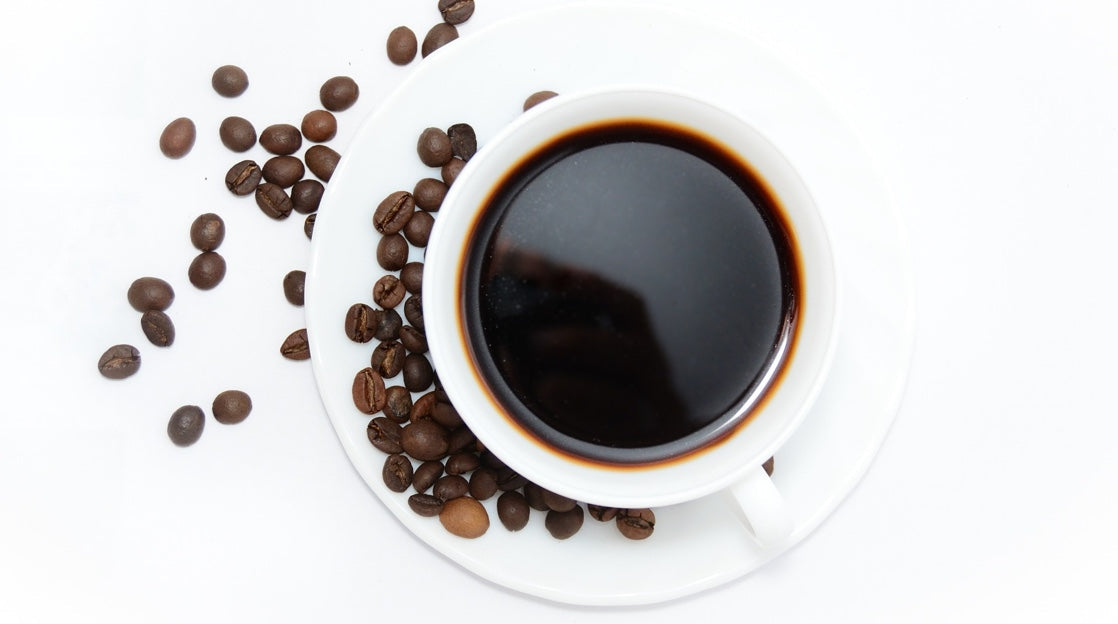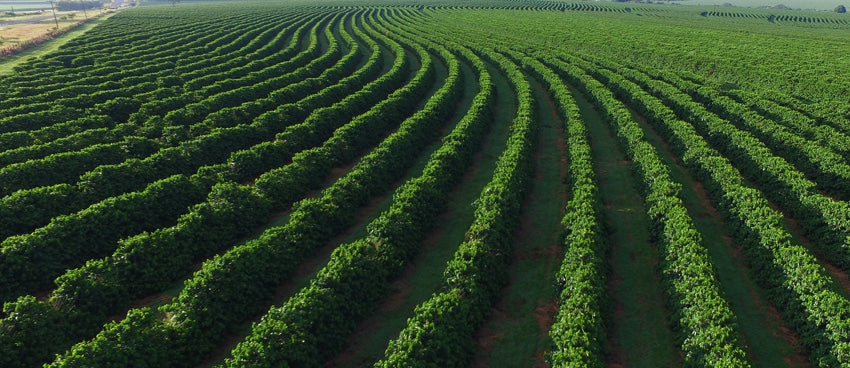
If you ever took a walk down the coffee aisle—either in a shop or virtually—you probably got baffled by the variety of coffee flavors and the somewhat pompously artistic flair used in describing them. Delicate rich, crema, strength, aroma, body, ‘notes of refreshing apple.’ No, you didn’t accidentally wander off into the wine cellar.
Oddly enough, the vast majority of coffee grown today belongs to just two varieties: the arabica and the robusta (since you’re into specialty coffee, we’d suggest you steer away from the latter).
With such a limited selection of bean types, how can a cup of joe have such a variety of flavor nuances? What determines whether your brew will hint towards hazelnut or honey? Read on to find out.

1.O’ER MANY LANDS, ON MANY SEAS
It doesn’t take a rocket scientist to figure this one out. Coffee from Indonesia will taste different than the one from Honduras. Many elements determine to so-called terroir:
-
Humidity
-
Soil type and its microbiome
-
Topography
-
Altitude
For instance, the higher the altitude, the lower concentration of oxygen the air will contain. A coffee plant farmed at 6.000 feet will struggle to produce the energy needed to grow. But there’s a silver lining to this. To make up for the lack of O2, the plant will produce more lactic acid, resulting in the coffee bean having much more depth and complexity of flavors.

2 .PICK YOUR BATTLES. AND YOUR COFFEE CHERRIES.
When it comes to coffee farming processes, there are the obvious things that determine the quality: the use of chemicals, pruning, and planting patterns. But there is one more key step that impacts the aroma of your coffee: picking.
For the best tasting experience, coffee cherries need to be picked just at the right moment of ripeness. But like any other plant, cherries don’t ripen uniformly.
Heavily industrialized coffee farming snubs this little detail and picks whole clusters at once. As a result, the flavor of commercial-level coffees is flatter. Manual picking, on the other hand, makes sure only the perfectly ripe cherries are being harvested. Lengthier? Yes. Costlier? Sure. But clearly worth the while.
3 .DRYING IT OUT OR WASHING IT OFF?
For the best tasting experience, coffee cherries need to be picked just at the right moment of ripeness. But like any other plant, cherries don’t ripen uniformly.
Heavily industrialized coffee farming snubs this little detail and picks whole clusters at once. As a result, the flavor of commercial-level coffees is flatter. Manual picking, on the other hand, makes sure only the perfectly ripe cherries are being harvested. Lengthier? Yes. Costlier? Sure. But clearly worth the while.
Dry processing, a traditionally African method, consists in drying the bean with the fruit still on. This makes the coffee taste fruitier because the bean absorbs more sugars from the pulp. The downside of this method is a bigger risk of spoilage due to rotting.
Wet processing, as the name suggests, involves washing off the outer fruit layer before laying the beans out to dry. Washed coffee tends to have more acidity and clarity—much sought-after traits in recent years.
4.THE MAGICAL ARTISTRY CALLED ROASTING
Debutant coffee aficionados will know that the medium roast will bring out the fruity notes as the sugar starts to caramelize, while a dark roast will give way to spicier traits. But crafting a roast profile goes way beyond making it light or dark. Defining the perfect profile requires a skilled roaster, who has to rely on sensory experience and juggle between a handful of variables like roast time, temperature, drum speed, and airflow. Each of these elements helps bring out the desired traits that convey the coffee a signature flavor.
From plant to press, there is a whole science in between. Land, climate, farming practices, and roasting all contribute to the meticulous crafting of the flavors that emerge from your coffee cup.
To taste the best of the best, head over to our e-shop and discover Spirit Animal’s selection of Specialty Honduran coffee.
Want to know what makes it so unique? Find out here. There is a reason why we are constantly snatching the Top Recommended tag by major coffee review sites like FriedCoffee.